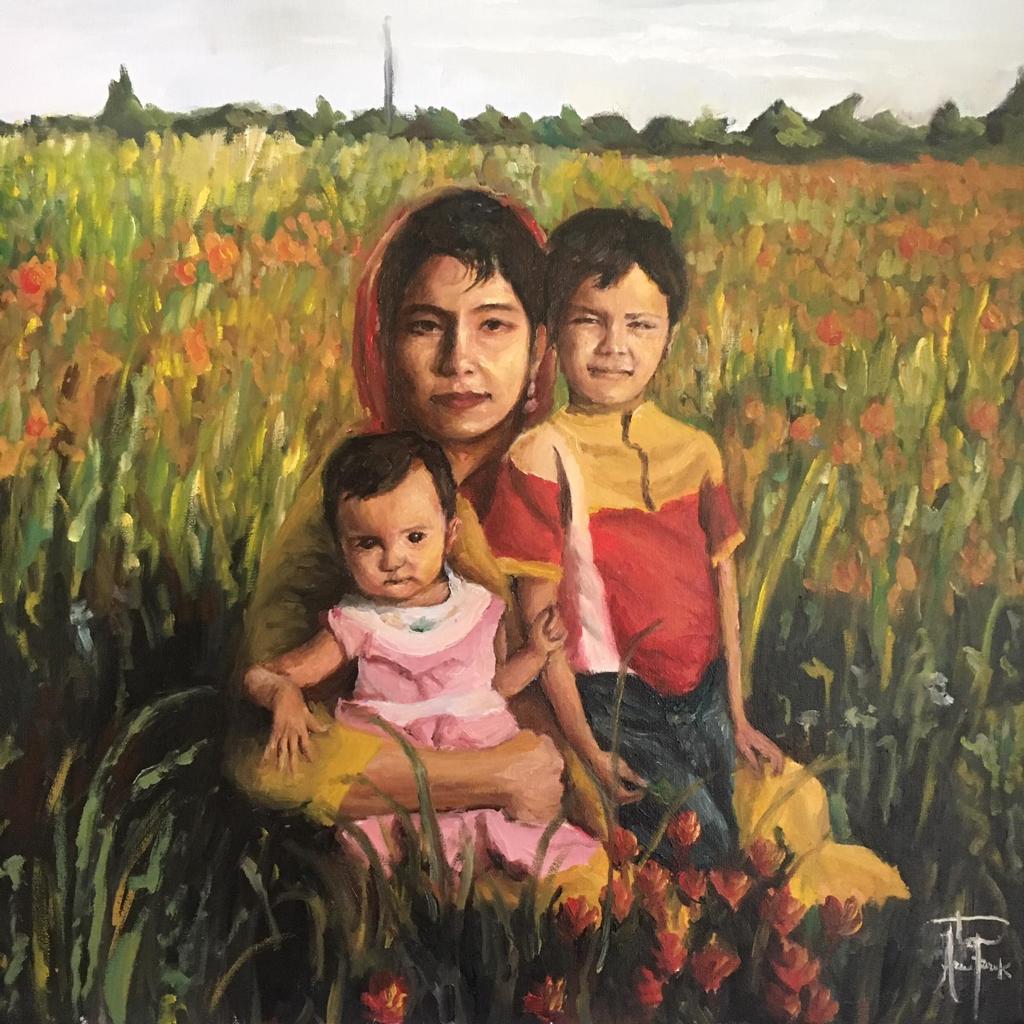I grew up in a pretty secular environment, although I did have some religious influences throughout my upbringing. In my interactions with Christians and Muslims prior to Stanford, I got the general impression that most people within these communities hold “traditional” beliefs towards social issues such as abortion, substance use and LGBTQ+ rights. I’d thought that most religious people are socially conservative, and I was certain that almost all White Christians had voted for Trump.
My interactions with religious students on campus have shown me that my perceptions were false. Over the past year, I have met Christian students from all over the political spectrum. From attending Jumu’ah (Friday prayer) this quarter, I’ve gotten the chance to speak to many students within Stanford’s Muslim community about their political beliefs. Once again, I encountered a diversity of views.
My conversation with Arwa Faruk, a sophomore from New Mexico, left a strong impression on me. Born to Bangladeshi immigrants in Houston, Arwa is a stellar artist, and a practicing Muslim. During her time at Stanford, Arwa has felt that people are “more hesitant to approach [her], or invite [her] to things” because they expect that she — a hijab-wearing Muslim — holds traditionalist political views.
But Arwa is in fact very progressive. Many people have reacted with surprise after learning about her actual political beliefs.
“Perceived Polarization” are the differences that are not actually there. They are the differences we mistakenly assume exist between ourselves and others based on their racial, cultural, sexual, gender, socioeconomic or religious identities. And even when general differences actually exist, they are often exaggerated and sensationalized.
To illustrate this, let’s examine two of the most contentious current topics: namely, abortion and affirmative action. Prima facie, one would think that most religious people believe that abortion should be illegal and that most Black and Hispanic people believe that colleges should consider race/ethnicity as a factor in admissions. However, neither of these perceptions are true. According to a 2022 Pew Research Center survey, most Black and Hispanic people believe colleges should not consider race/ethnicity at all in admissions (59% and 68%, respectively). And on abortion, a 2014 Pew survey found that stances on the legality of abortion vary drastically across different religious groups. The majority of Muslims, Non-evangelical Protestants, Jews and nearly a half of Catholics believe abortion should be legal in all/most cases.
The persistence of distorted views based on fundamental aspects of personal identity (such as race and religion) inevitably result in distortions in the political sphere. When people think of the prototypical liberal, they would likely imagine a young, irreligious person of color; but, in reality, the median liberal voter and the median conservative voter are both a middle-aged White Protestant. A 2018 study by Ahler and Sood found that Americans thought nearly a third of Democrats were LGBT — when in fact only 6% are. They also believed that 38% of Republicans earn more than $250,000 per year — when in fact only 2% do.
Our distorted views about various identity groups and about the composition of political groups culminate in perceived polarization manifesting in party politics. A 2018 survey by More in Common found that Democrats and Republicans have drastically distorted perceptions about what people in the opposing party actually believe. Surveyed Democrats estimated that only 51% of Republicans believe “racism still exists in America,” when in reality, 79% of Republicans agreed with that statement. Conversely, surveyed Republicans estimated that 52% of Democrats believe that “most police are bad people,” when in reality, only 15% of Democrats agreed with that statement.
The startling gap between our perception and reality demonstrates the failings of our innate mental processes. We tend to picture an unfamiliar group as a uniform whole, rather than an amalgam of diverse parts. This, in turn, causes us to view out-groups as more extreme, homogenous and different from us than they actually are. Perceived polarization makes us replace a group’s actual beliefs with the beliefs of its most extreme and vocal constituents.
The ultimate takeaway here is to keep an open mind. We should view people we encounter as individuals with nuanced views and unique lived experiences, rather than avatars of their group identities. We should also examine whether the beliefs we hold about certain groups really apply to all of its members; there often exists greater differences within groups than between groups. But above all, we should seek to talk to people with identities different to our own: I believe we will find more in common than we think.
